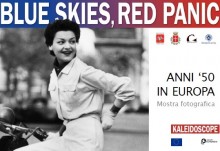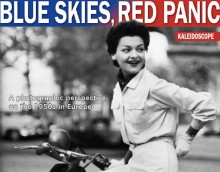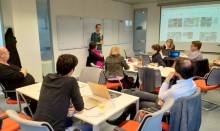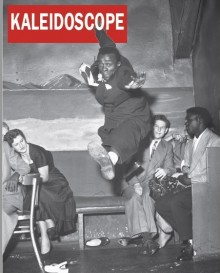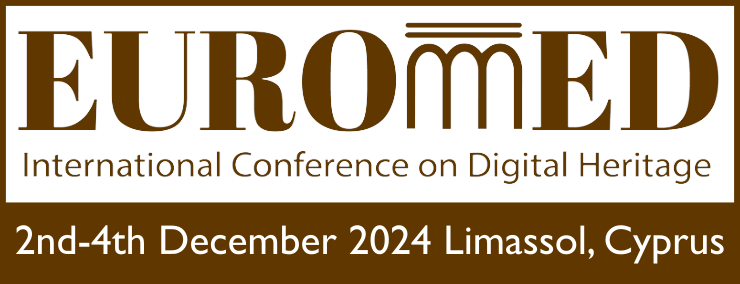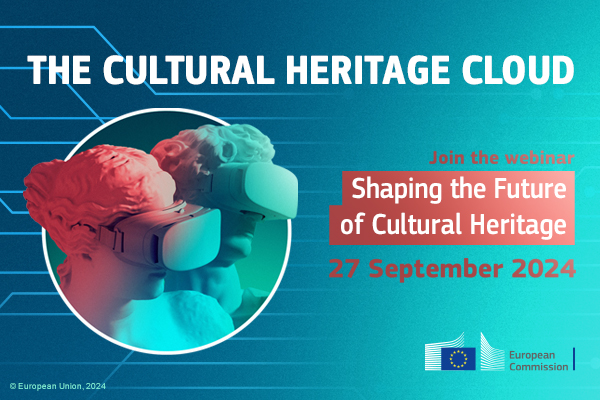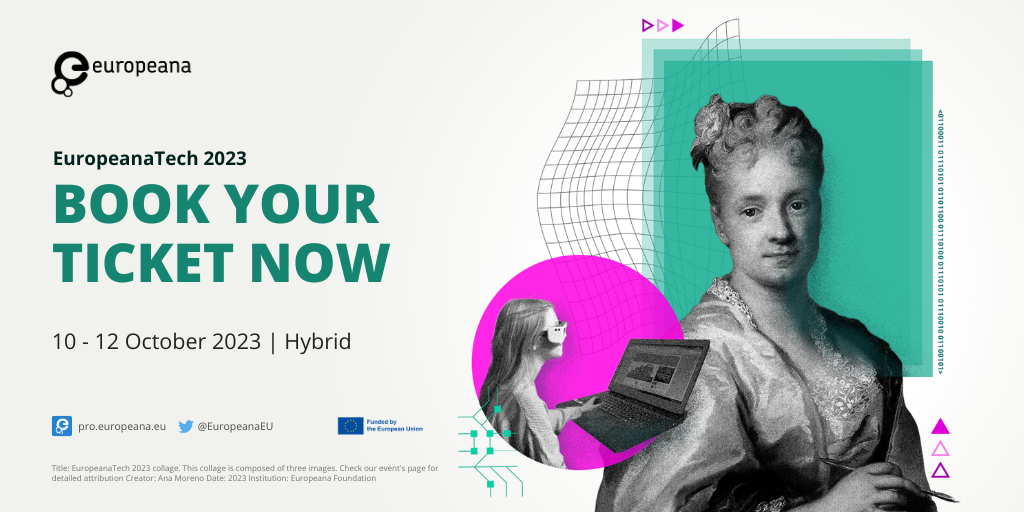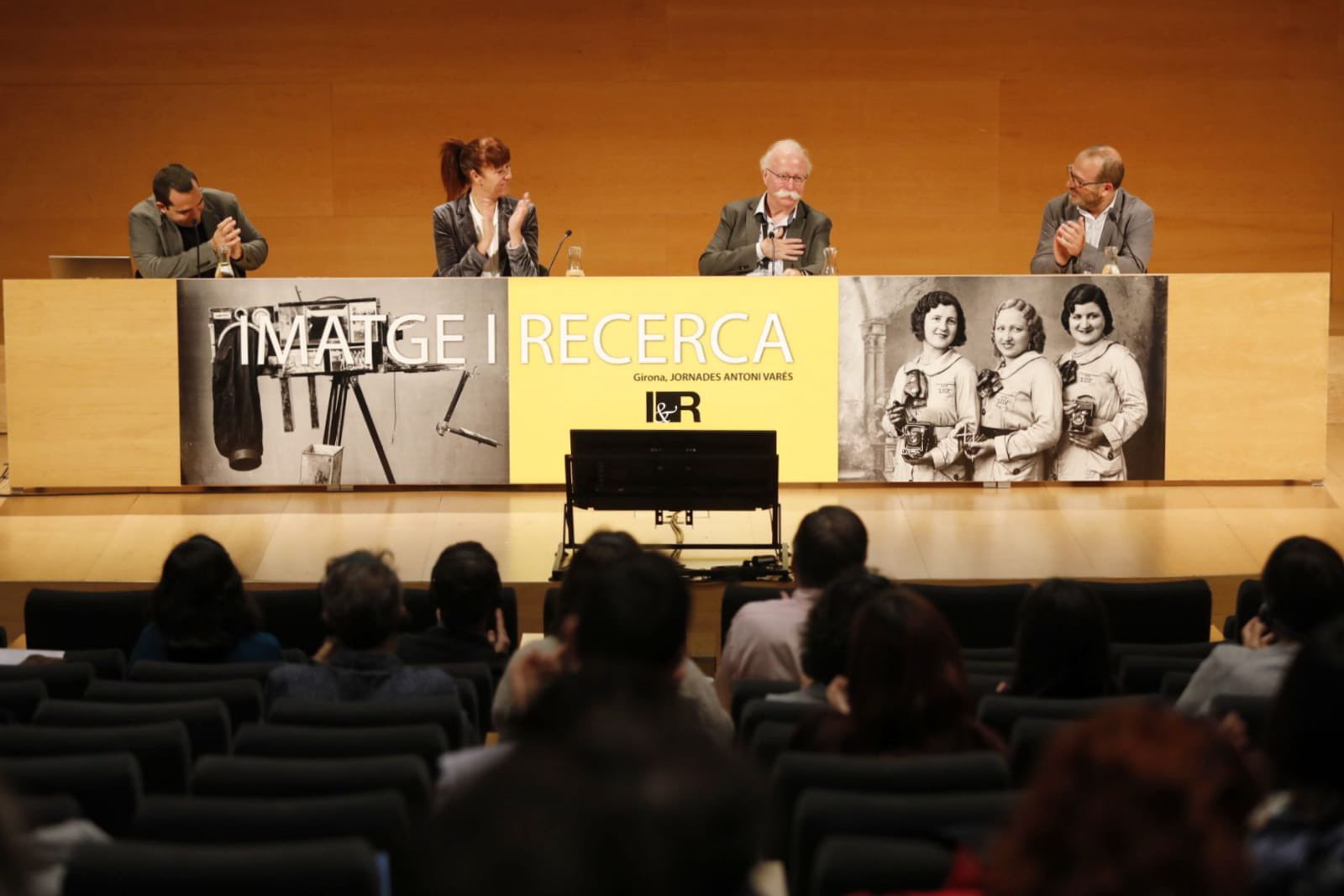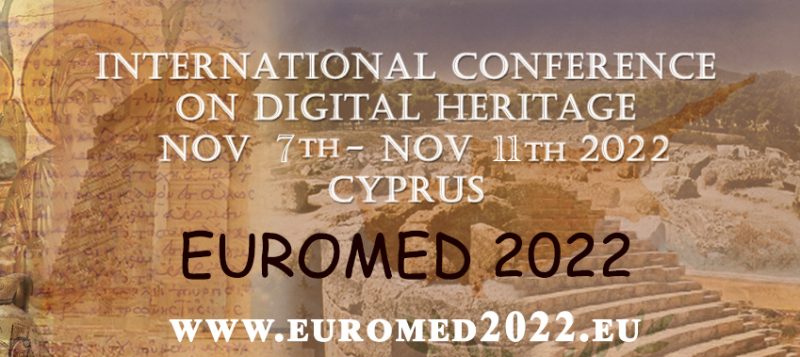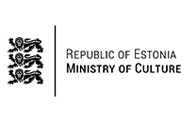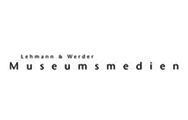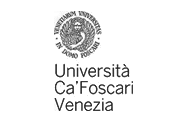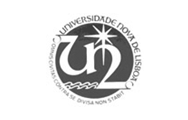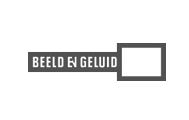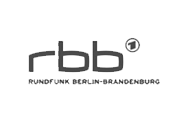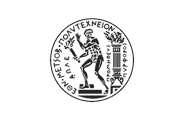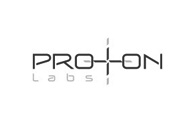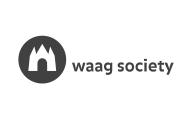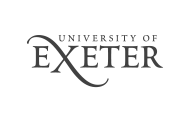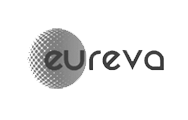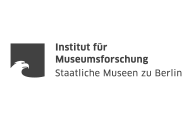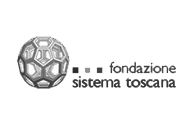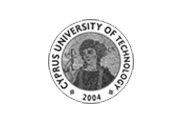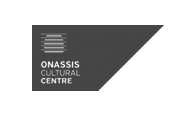An interesting article recently appeared on the blog of the Europeana Space Photography Pilot, led by prof. Fred Truyen of KU Leuven. The article is derived from a very lively and high-profile speech delivered by prof. Truyen during the Photoconsortium seminar “Virtual Museums and Photographic Heritage” (Pisa, 4th May 2016).
The article talks about the power and the role of photography in representing or witnessing the reality, and the implication on which it is possible to leverage when using photography in virtual museums. As explained in the article,
“Virtual museums as we know them today are interactive websites that allow visitors to navigate, walk through and view objects from different angles, often in 3D – a feature frequently used for archaeological sites. In the best cases, they also offer a social dimension, where personal experiences can be shared.”
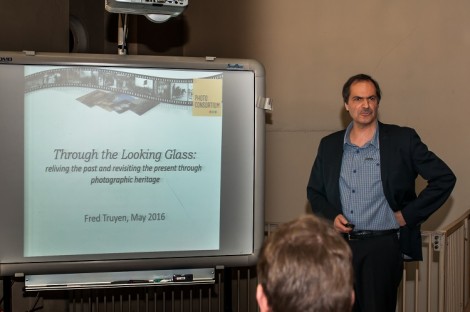
prof. Fred Truyen during his speech at Photoconsortium Seminar
Digitized early photographic images have the ability to bring historical realities close beyond expectation. Somehow, they manage to render the past more tangible, more credible and imaginable than it could ever be, perceived from a dusty photo album or a glass plate. Most of all, photography enhanced by digital technologies is able to support heightened user engagement and identification, which are key elements of the museal experience. Digitized images not only offer a totally different view on photographic heritage, but also fundamentally change the experience of the past they represent.
Talking about mirrors, frames, trompe l’oeil, impressionism and pixeling, the article is a journey of uncommon reflections around photography and digitized photography, suggesting a wealth of creative possibilities for the use of this medium in virtual museums, also providing current examples of state-of-the-art ways of creating, remixing and playing with virtual museums.
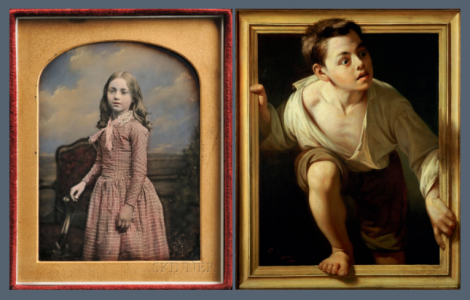
“Going back to our virtual museums, the opportunity that they offer lies in the possibility to mix the typical 3D spaces and navigation, with the archetypical photographic elements of scale, framing and distance, and with the richness of the light as it is captured: the reflectance, the illusion and the scattering of the light on the texture.”
Full article by Fred Truyen and Clarissa Colangelo (KU Leuven) is available HERE.



